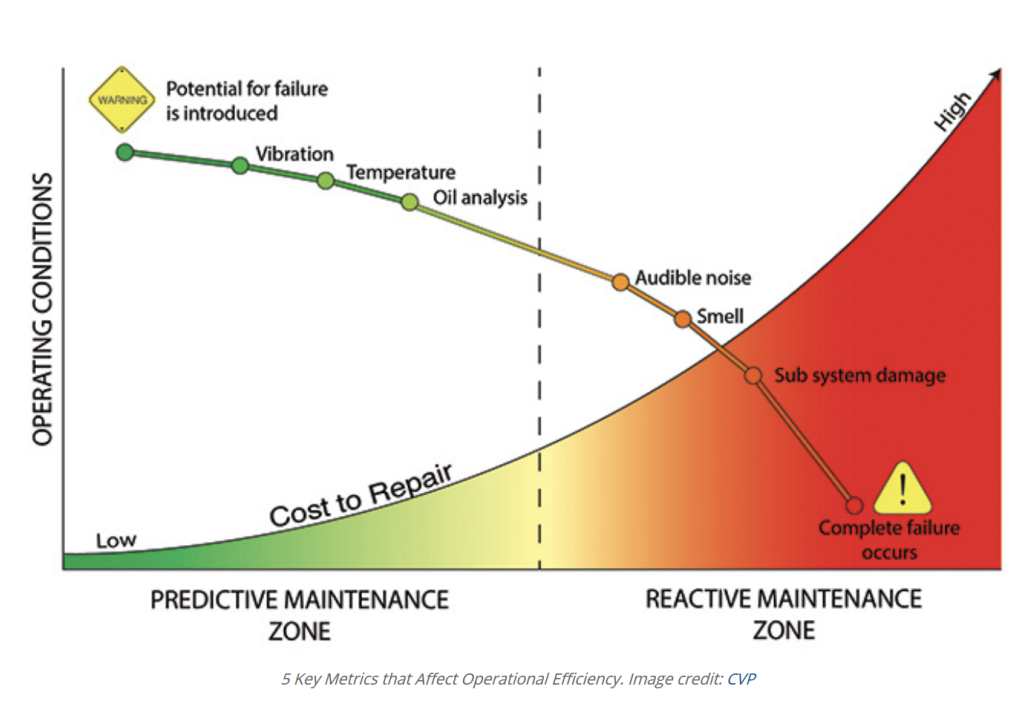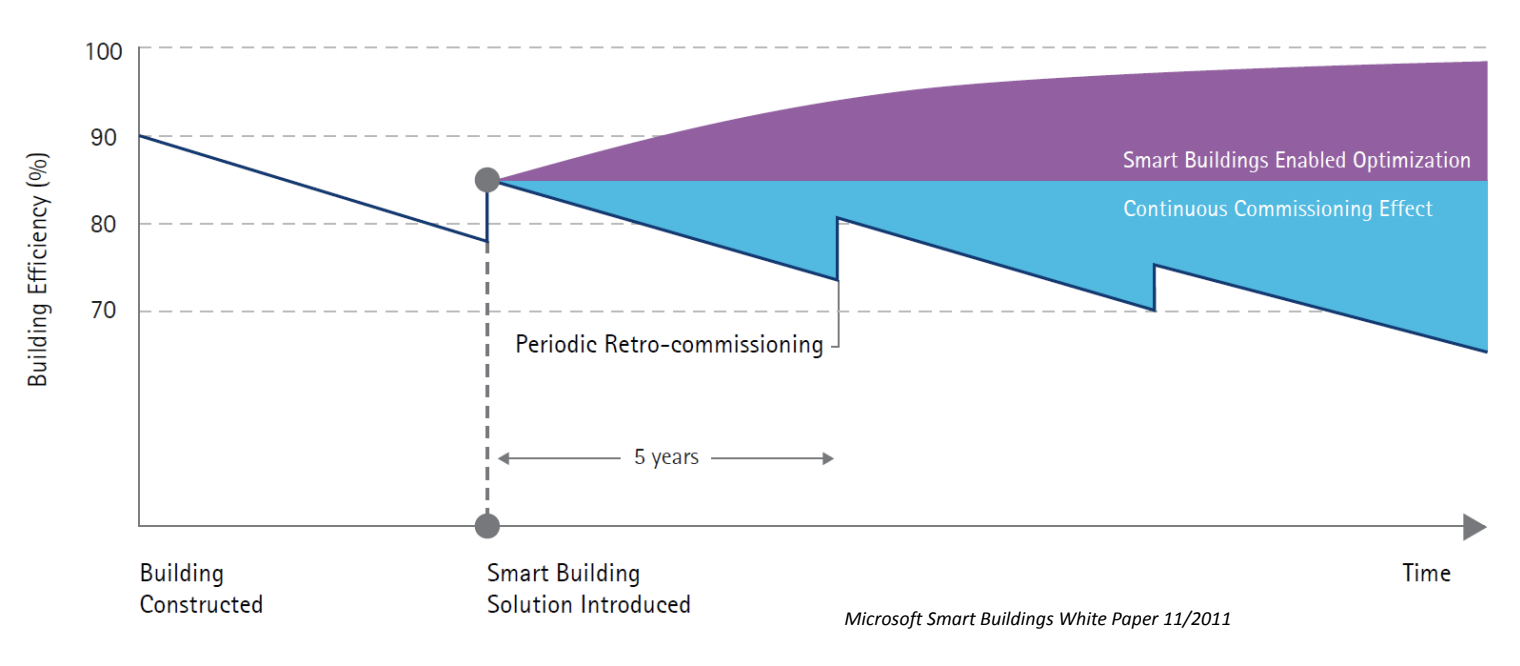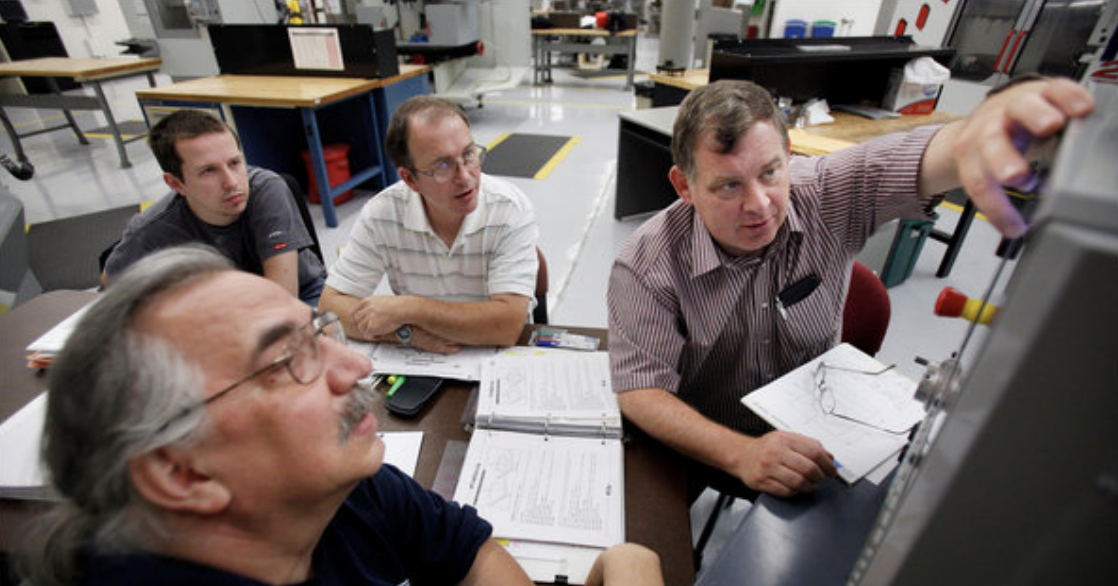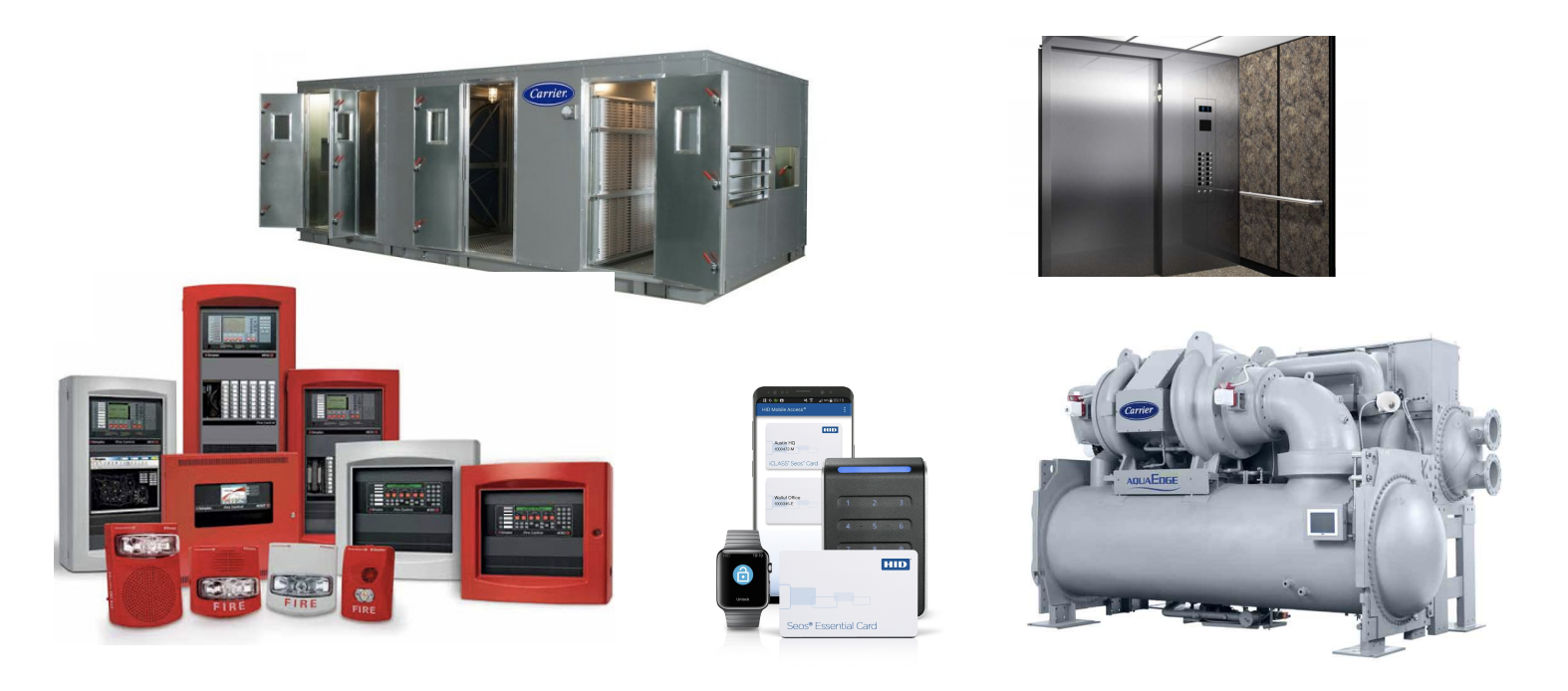We’re on the precipice of a fourth industrial revolution, one defined by cyber-physical systems that will reshape not only the world around us, but how we interact with and move through it – or so argued Don Guckert, Vice President of APPA Advisors, in a recent presentation at the Higher Ed Facilities Forum.
“We're in an age of accelerations,” he said. “And it's an exponential change. The forces that are driving us forward are driving us at an exponential rate, meaning that we can go along for some time, not even feeling changes coming. And before we know it, it's disrupting us.”
"What we do will change. How we do it will change even more.”
The Fourth Industrial Revolution will be driven by five disruptive technologies, Guckert predicted: big data, the Internet of Things, artificial intelligence, 5G, and blockchain. These technologies will in turn fuel ten “mega-trends” in higher ed facilities management, some of which are already in motion at institutions around the country. “What we do will change,” Guckert said, before outlining the trends. “How we do it will change even more.”
1. From reactive maintenance to predictive maintenance.
Anyone who's taken an engineering class is familiar with the potential failure curve, which represents the tendency of all machines to decline until the inevitable point of failure. It’s the mission of facilities workers to beat this curve, which historically has meant relying on early warning signs of failure that sometimes aren't detectable until it's too late. New sensor technology – like fault detection and diagnostics tools – will make it possible to catch these warning signs earlier than ever, empowering facilities teams to address issues before they manifest.
2. From valuing institutional knowledge to valuing shared knowledge.
As Guckert explained, so much facilities work relies on a single building mechanic sensing something amiss – a vibration, an odd scent, "something that doesn't sound right." The promise of artificial intelligence is to shift this model to a more comprehensive systems approach, where technology interprets those oft-undetectable signals for a team of human decision-makers. “We're not going to have to rely solely on the institutional knowledge of that one building mechanic, because artificial intelligence and data sensing is going to help us much earlier,” he said.
3. From funding repairs to funding detection and analytic systems.

In line with the first two trends, this one is another overall shift away from reactive facilities management. “A big part of our funding in the maintenance world is to fix things that break,” Guckert said. “We need to flip that: to put that money into investing in the early detection systems, and then doing more of our work on a plan basis.”
4. From preventative maintenance to condition-based maintenance.
Drawing an analogy to modern driver-assist tools – lane departure warnings, oil monitoring – Guckert argued that a condition-based approach would benefit facilities as well.
“Think about how that would affect our building operations, how much PM work we could save in time, as we get into more of the condition-based maintenance – monitoring pressure drops and filters and so on,” he said. “Much more cost-effective. We could deploy our resources into a plan maintenance model rather than even the PM models that are best practices today.”
5. From recommissioning to continuous commissioning.

Another benefit of fault detection and diagnostics technology is that it allows for continuous operation. “Anytime you start down that failure curve, or something is getting out of the performance standard, you take action and you keep the system – or the building operation – performing at optimal level,” Guckert explained. “So you never have to go back and recommission, because you're incrementally keeping it on optimal operations.”
6. From a mindset of competing with the machine to complementing it.
Guckert acknowledged common concerns that new technology is a threat to human workers, but argued that we should look at it from the opposite angle. “Artificial intelligence is not the enemy. Machine learning is not the enemy. It's the partner that's being developed,” he said. “It will eliminate jobs in some sense, but it will also create more. With each Industrial Revolution, more jobs have come out of it than have been lost.”
“Artificial intelligence is not the enemy. Machine learning is not the enemy. It's the partner that's being developed."
Instead of focusing on the jobs lost, he continued, we should focus on the opportunities gained: the soft skills humans can bring to the table because AI will never be able to bring them itself.
“Do what the machine can't do. The machine can't be curious. It can't be creative. It can't be collaborative. It doesn't have integrity. It doesn't exercise judgment. These are all the things that we bring to the partnership – so to speak – with artificial intelligence.”
7. Move our thinking from rewarding expertise to rewarding collaboration.

“I'd much rather have a team working together and trying to solve a problem than rely on an expert who won't share their knowledge,” Guckert said. This approach will only become easier and more productive as technology makes problem-solving easier – and knowledge more accessible – for that team.
8. From managing facilities to managing occupant experiences.
At the end of the day, a facility is nothing without its occupants. As the last two years have shown, it’s the task of facilities managers to make their buildings worth coming to. “People need a reason to come to campus, and it better be pretty good and better heighten the experience they’re going to get by coming,” Guckert said. “Otherwise it’s not going to be as comfortable as they are in their home. The lighting might be better at home. The control over the temperature is better at home… We need to shift our thinking to talk about the occupant.”
9. From owning physical assets to ensuring system performance.

In the future, Guckert predicted, it will no longer make sense for institutions to own and operate equipment like chillers, fire alarm systems, or air handler systems. By contracting with the companies that make various machines and understand them best, institutions will be able to devote more time and resources to people. “We'll get the benefit of providing an occupant experience, by making sure that they are performing to the outcomes that we contracted them for,” he said.
10. From leading top-down to leading bottom-up and outside-in.
Moving forward, senior officers will have to accept that the Fourth Industrial Revolution will have other, and often younger leadership – something Guckert admits he struggles with himself. “The generation that's coming in is going to drive us into this Fourth Industrial Revolution, and I think the business partners from the outside are going to bring it to us,” he predicted. “There's nothing wrong with bottom-up and outside-in, in my opinion, as long as we, as senior officers, have laid out the strategy, have invited the discussion, and have a plan presented to our administration that we need to prepare.”
That plan doesn’t necessarily have to be so revolutionary to begin with; it may be as simple as preparations to retire some analog systems in favor of digital ones. But institutions do need a plan, Guckert concluded, because the revolution is coming. “Pretty soon we’re going to be there. We’re going to be there like that,” he said, snapping his fingers.

Posted by
Join us at HEFF!
An interactive retreat for facilities leaders at the nation's top colleges and universities.
Nov 8-10, 2026 | San Antonio, TX
Learn More









Comments